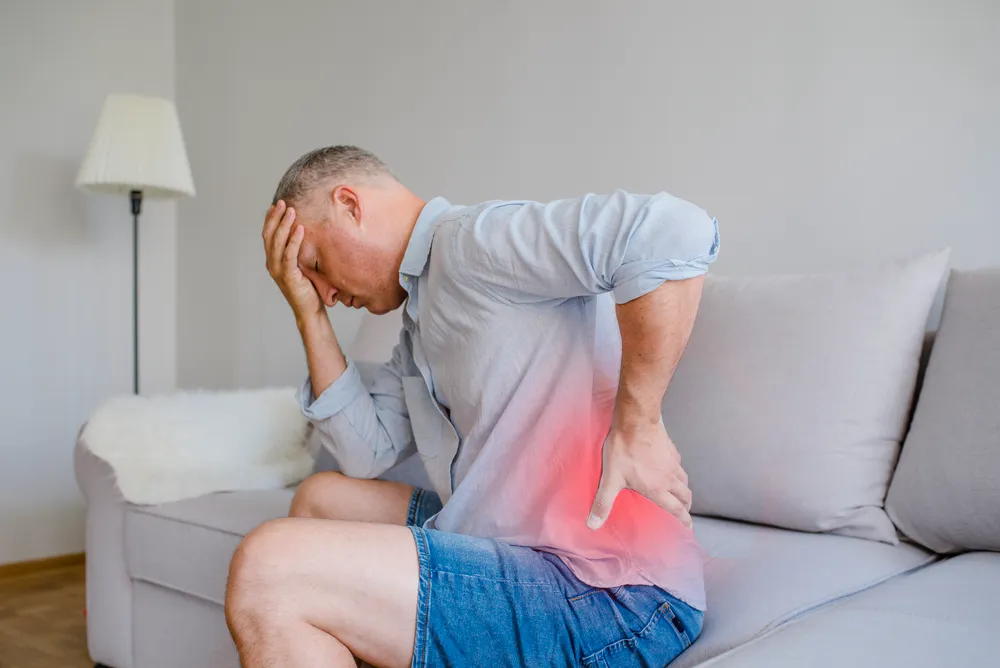Low back pain is one of the most common physical ailments we can suffer. It is so prevalent that up to 80% of us will have back pain at some point in our lives.
If you experience lower back pain or sciatica, you will want to know how to relieve your pain and prevent flare-ups or recurrences.
Believe it or not but avoiding bed rest and staying active can help you do both.
At one time, many doctors would tell back pain patients to limit exercise and would advise bed rest.
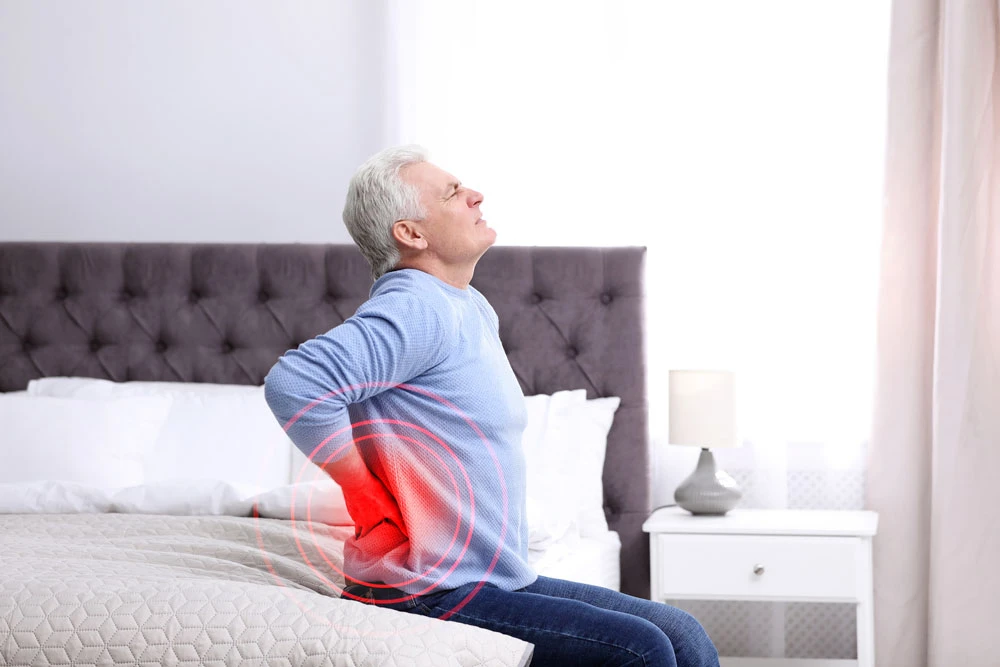
Times have changed of course and we now know that exercise and remaining as active as possible has a far better outcome for lower back pain than activity cessation.
Getting moving again is vitally important for recovery as extended bed rest can slow your recovery and increase other risks.
Activity/movement increases blood flow to the various tissues in the body and can assist the healing process.
Staying active can include such things as continuing your daily activities, adding a simple exercise, such as a short walk, and/or following a structured and guided exercise program.
The one thing you need to ensure though is that it is gentle exercise and is not an activity that will worsen your pain.
Sections
So how does bed rest worsen your back pain?
It weakens your core
Not moving enough can weaken your core muscles, make the pain worse over the long term, and also lead to other health problems.
Reduction in nutrient delivery
When you are lying in bed, your heart rate decreases and blood flow becomes slower. The soft tissues and spinal discs cushioning the vertebrae rely on blood flow to deliver the nutrients and oxygen they need to function and to heal.
Prolonged inflammation
Bed rest also slows the exchange of fluids around the spine, which can prolong swelling and inflammation.
Healing occurs because nutrients are carried to where they are needed and inflammatory materials get removed from the site of injury.
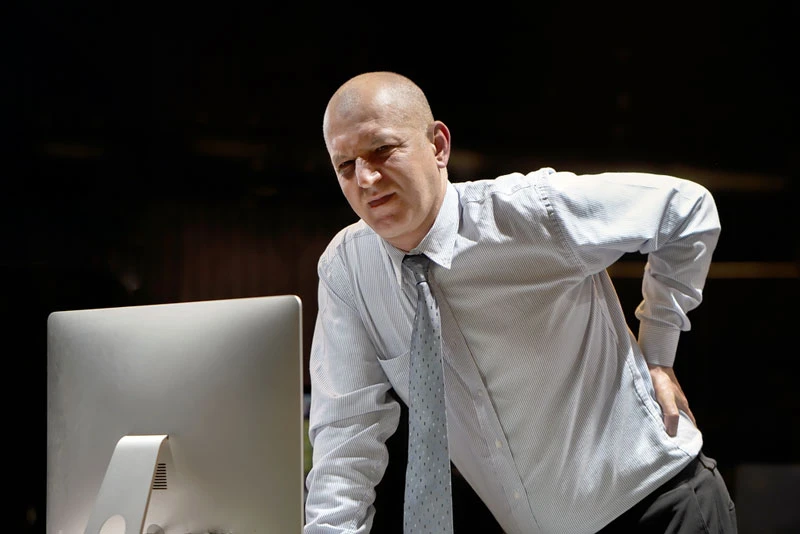
Changes in disc size
When you lie down, the size of your intervertebral disc increases due to swelling by absorption of fluids. The risk of injury, such as herniation is high during this period, especially during bending movements.
Change in spinal biomechanics
Prolonged periods of lying down alter the normal lordotic (reverse-C shape) curve of your lower spine and makes it flatter, altering the normal mechanics of your spine.
Now, this is not to say you must keep pushing through the pain and not ever lie down, that is simply not true.
Small doses of bed rest can provide a break from severe pain, but as I said too much bed rest can make back pain worse.
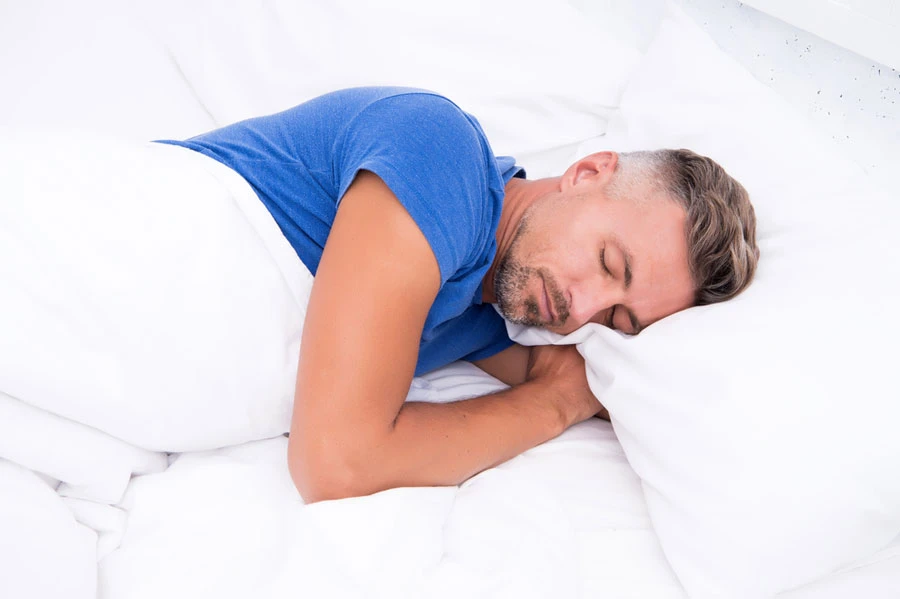
You should limit bed rest to short periods of time and use rest for a few hours when you need a break from severe pain.
So, the above changes can end up making your back weaker and worsening your pain. Additionally, these changes pose a higher risk of injury due to spinal instability and insufficient load-bearing capacity of the spine.
We know that engaging in physical activities is good for our back and can help us heal quicker but in the initial stages of back pain what steps do we need to take to ensure we optimize the healing process?
Here are some tips to get you started:
Before you start you will need to combat the immediate pain
If the pain is acute and is preventing you from being active you will need to address that first.
The most commonly used modalities to overcome the initial pain are:
1. Ice therapy for the first 48 hours
2. Heat therapy after the first 48 hours
3. Topical analgesics
4. Massage

How to stay active when you have back pain
Once your pain level has reduced, you will then be able to engage in more physical movements.
Take part in low-impact activities that help build strength
The type of activity one chooses must not place undue stress on the damaged tissues so exercise selection must be considered carefully.

Some of the best activities for lower back pain:
1. Walking
2. Swimming
3. Weight training
4. Yoga
5. Water (aquatic) therapy
In order for exercise to help in the long run, you have to stick to the program. This requires a lot of motivation, and many people find it tough after a while – particularly if they have a very busy job or home life.
It is very important to find a way to fit the exercise into your daily routine.
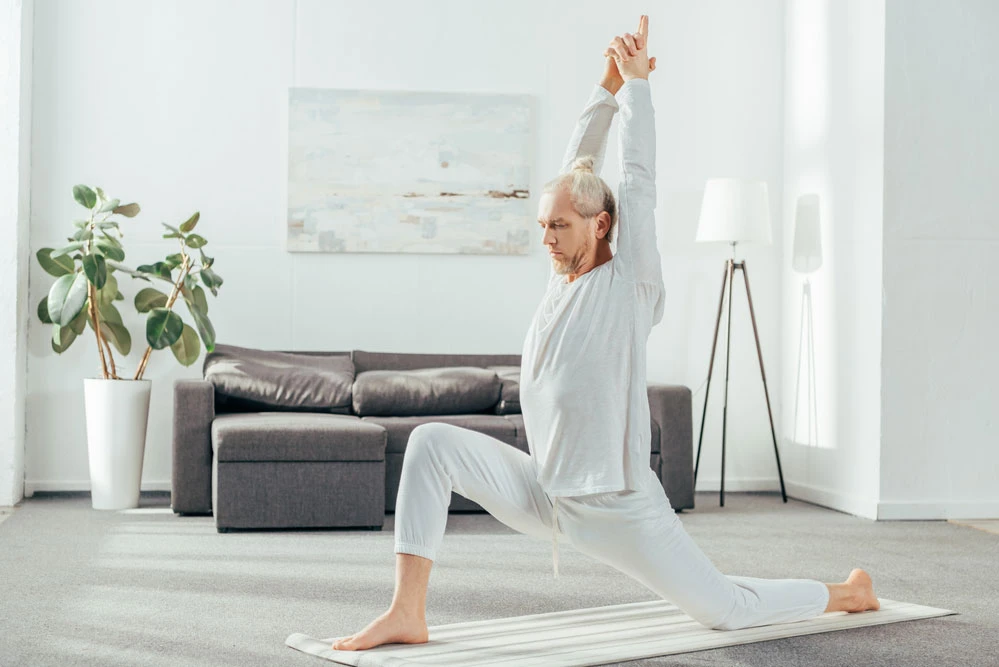
It is also advisable to talk with your doctor or physical therapist before starting a new exercise program, especially if you’re having an acute back pain episode.
If you experience sharp or sudden pain while exercising, stop right away and consult your doctor.
Be sure to use the correct posture, form, and technique when you perform the suggested activities.
Following these tips may help in long-term relief and lesser recurrences of back pain compared to bed rest.
Staying consistent with any of the suggested low-impact activities can make a difference in your overall well-being and may significantly enhance your spinal health.
If you or someone you know is struggling to recover from low back pain issues then go and check out my Lower Back Pain Recovery Challenge today and take the first steps on the road to recovery.

